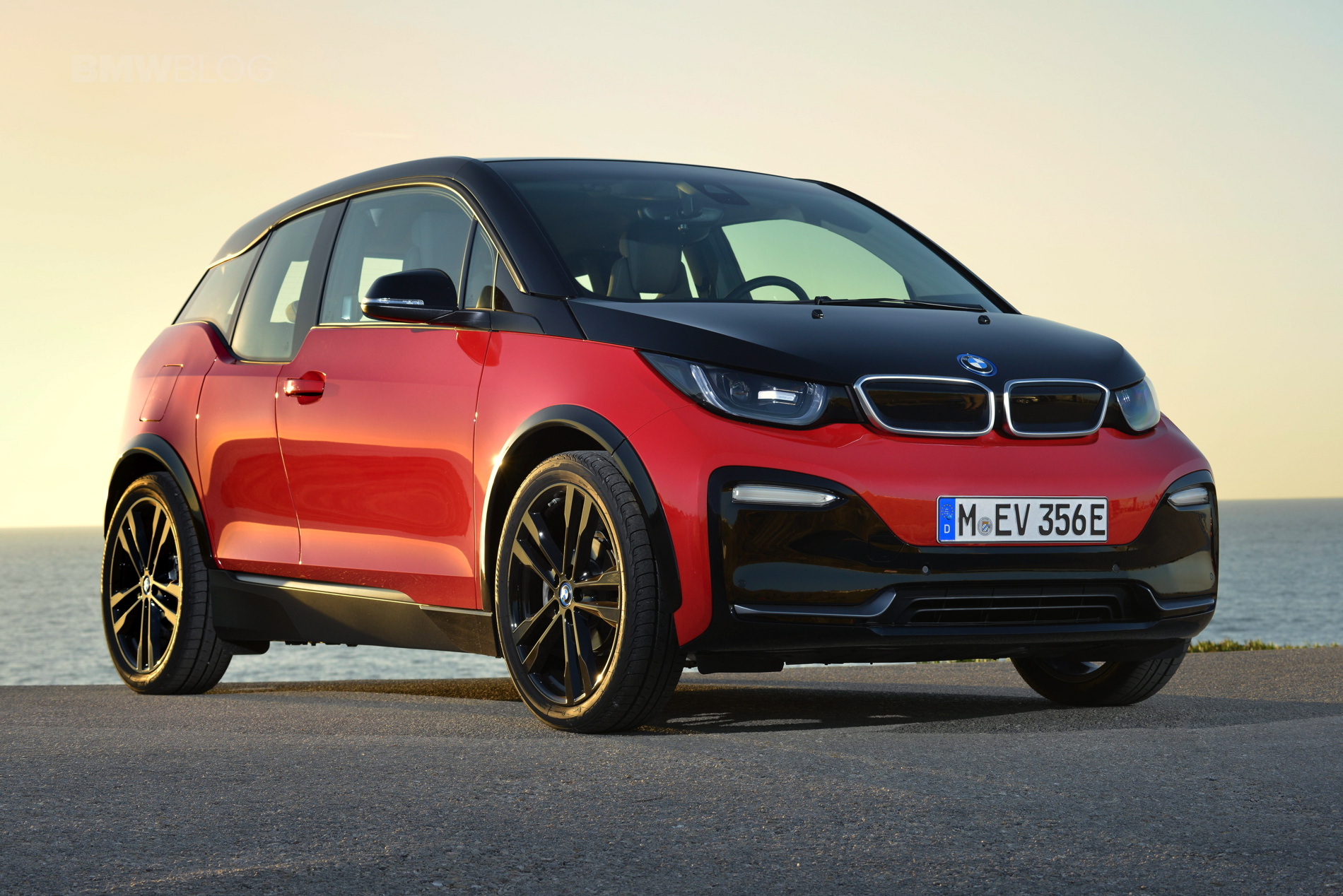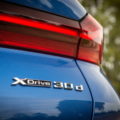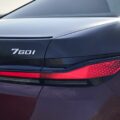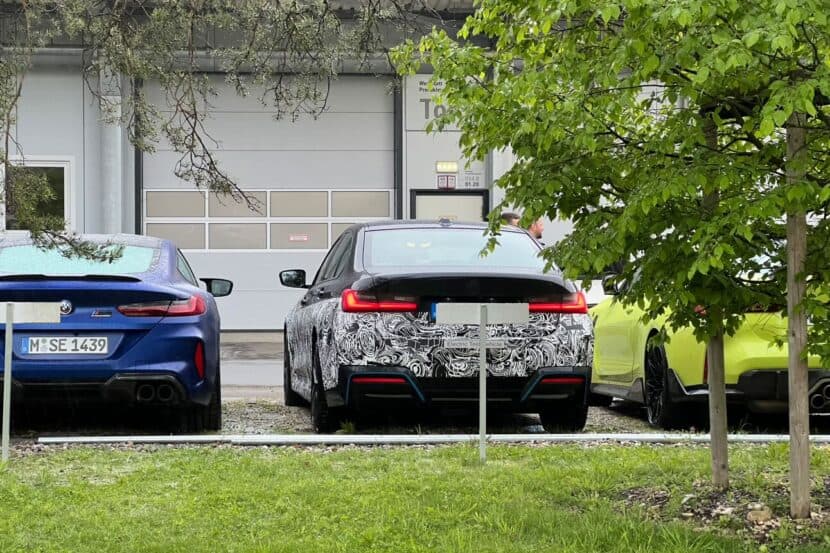We’ve already learned that BMW had a solid start to the year since deliveries rose by 2.5% to 530,933 cars in Q1 2024. There’s an interesting figure that caught our attention since the i3 and i8 both somehow made it into the sales chart. Although the original “i” cars are long gone, the duo generated combined sales of 18 cars. During the same period of last year, i3/i8 sales reached 294 units.
BMW doesn’t list separately how many i3s and i8s were sold through March. We do know that an i3 was bought by a customer from the United States in the first three months of the year. As you may recall, the hatchback was discontinued in mid-2022 when production ended. In nine years, about 250,000 units of the EV and its range-extending equivalent with a gas engine were assembled.
The i8 was retired in mid-2020 after BMW assembled 20,465 units of the plug-in hybrid coupe and roadster. Of the two body styles, the version with the fixed roof was far more popular, accounting for 16,581 units. The convertible was purchased 3,884 times. It would be interesting to see how many of those 18 cars that show up in the latest sales chart are i8s. We reckon most (if not all) are i3s.
One can imagine customers received a fat discount since dealers were likely eager to get rid of those unsold cars. Although BMW has multiple i-badged cars on sale today, none of them are direct replacements for the i3 and i8. Another entry-level EV isn’t expected until 2028 as the yet-to-be-confirmed i1. The Vision M Next concept was supposed to morph into a mid-engine hybrid sports car but the i16 was axed in 2020.
The i3 is technically still part of BMW’s lineup, but the name has been repurposed for an entirely different car. Right around the time the hatchback was retired globally, an i3 sedan was introduced in China. It’s a fully electric version of the long-wheelbase 3 Series Sedan built and sold only there. It’s unclear whether the Neue Klasse sedan coming in 2026 will be called i3 or something else.
Source: BMW






































































